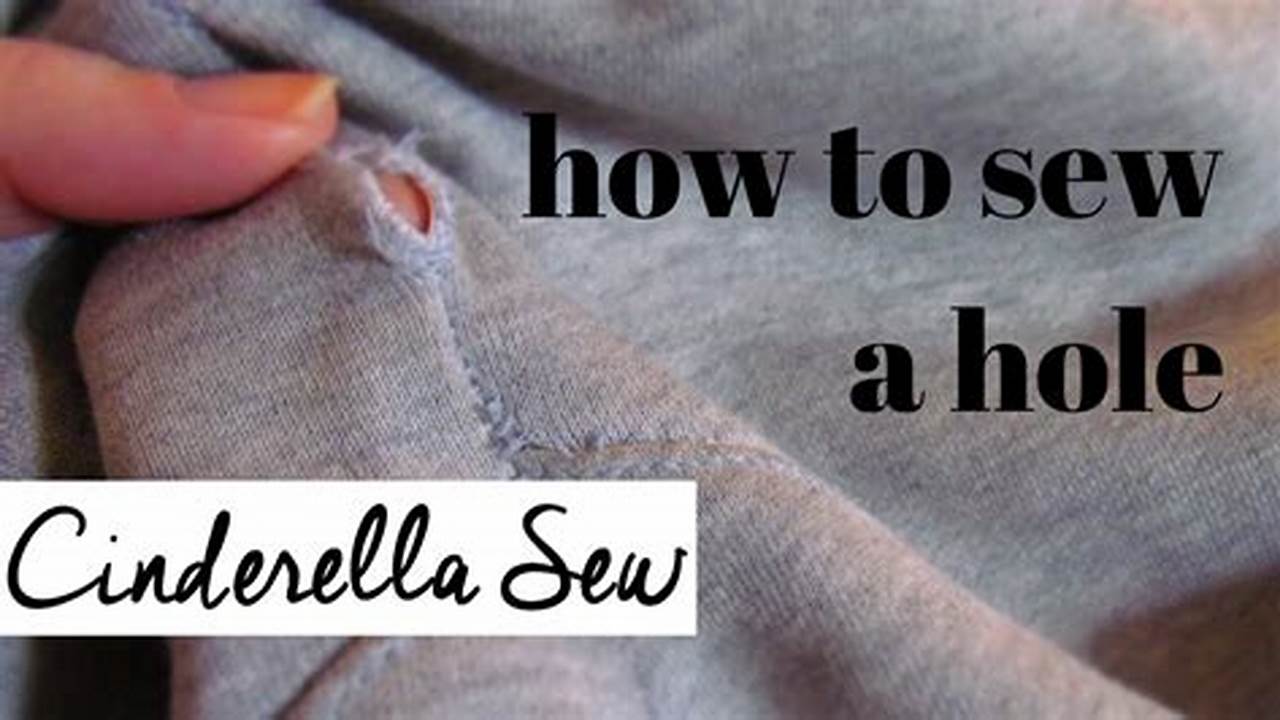
Unlocking a bathroom door with a hole can be a frustrating experience, but it is possible with the right tools and techniques. The most common way to unlock a bathroom door with a hole is to use a wire hanger. First, straighten out the wire hanger and create a small hook at the end. Then, insert the hook into the hole and try to hook onto the doorknob. Once you have hooked onto the doorknob, pull back on the wire hanger to unlock the door.
If you do not have a wire hanger, you can also use a credit card or a butter knife to unlock the door. To do this, insert the credit card or butter knife into the hole and try to push the latch back. Once you have pushed the latch back, the door will unlock.


